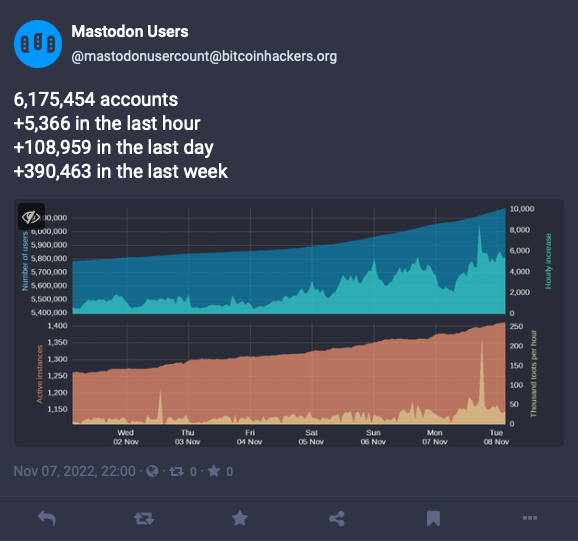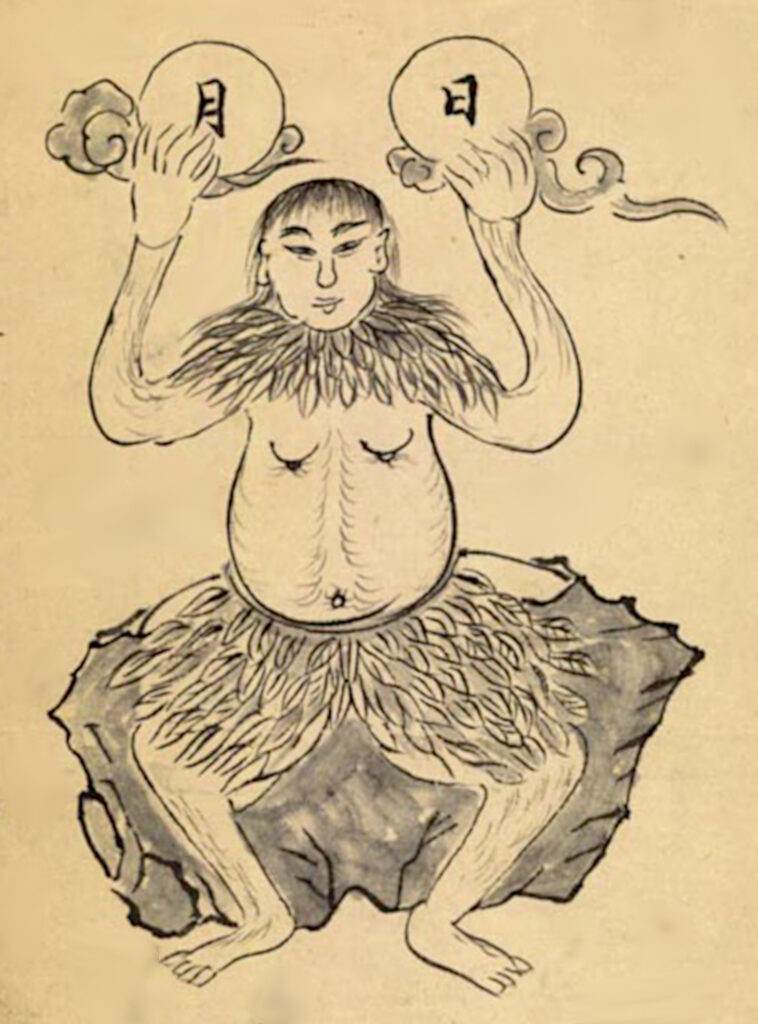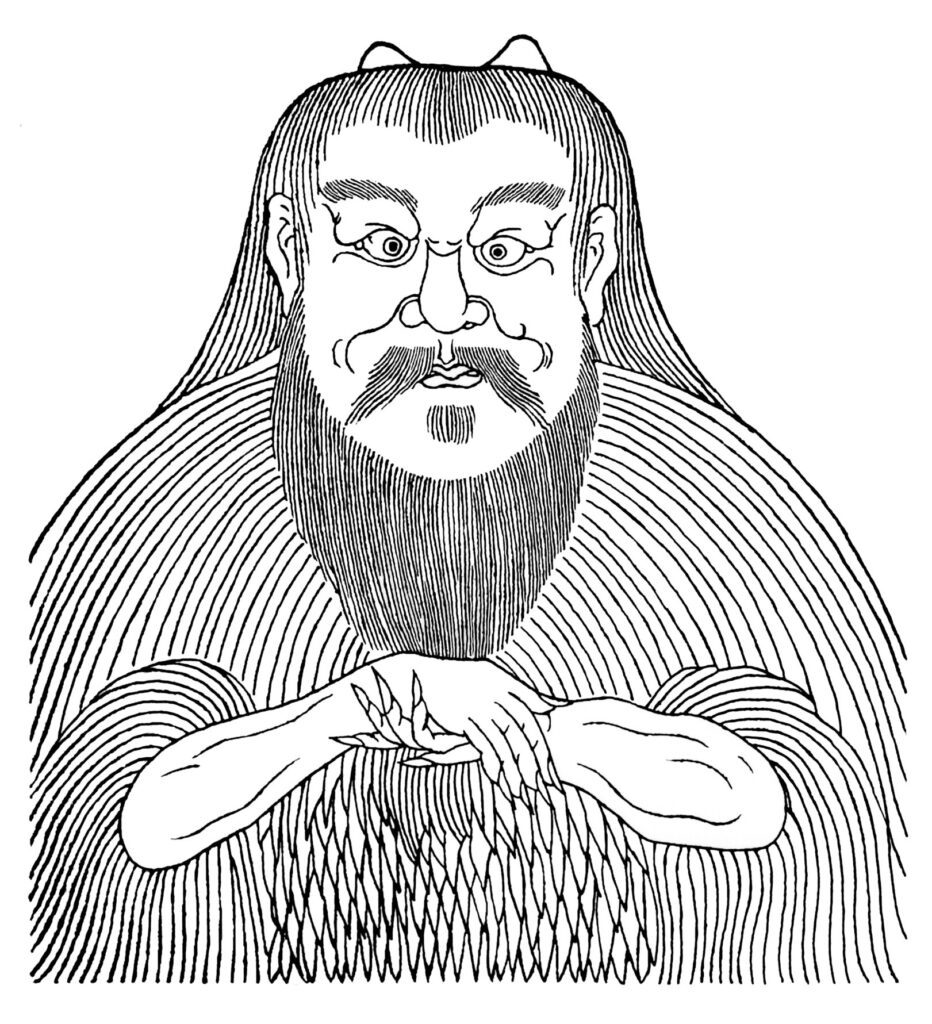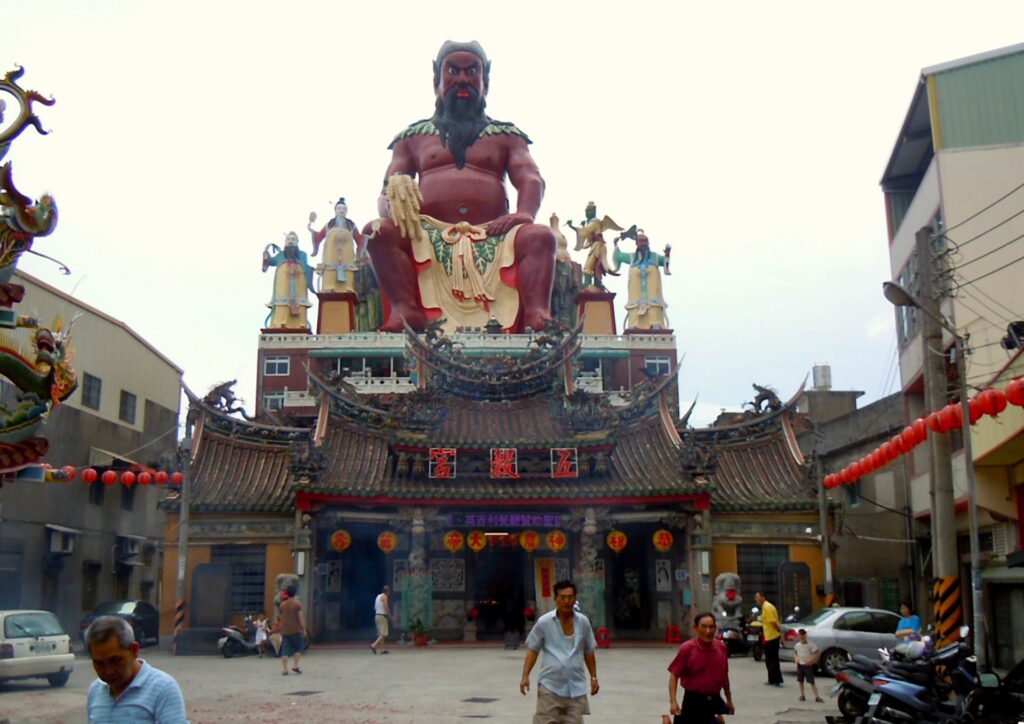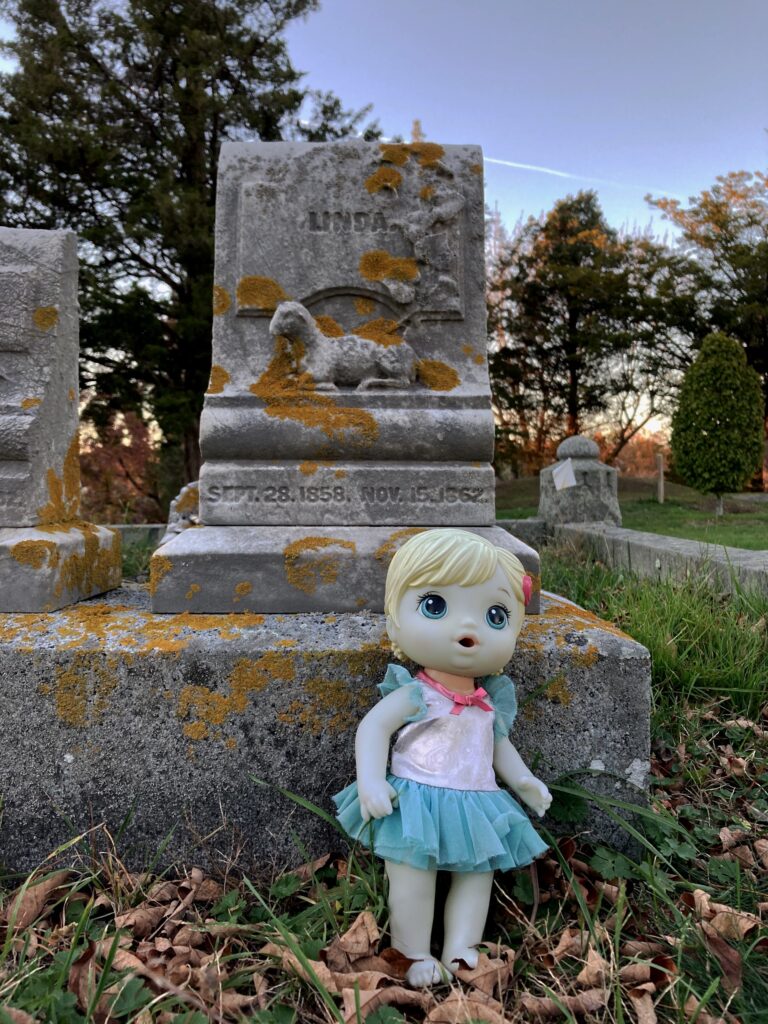As we went around Oshkosh this afternoon, I stopped to photograph six buildings that house religious communities.
It was strange to see how deserted most of these buildings looked on Sunday afternoon. The Christian churches presumably had a lot of activity this morning, but by afternoon the building were dark, the parking lots empty. Even the yoga studio was dark and empty. The masjid was the only building with life: a handful of men using leaf blowers; they were clearly volunteers, because they worked at a relaxed pace and weren’t wearing work clothes.
I like the way the shape of Immanuel Lutheran Church echos the flat midwestern landscape.
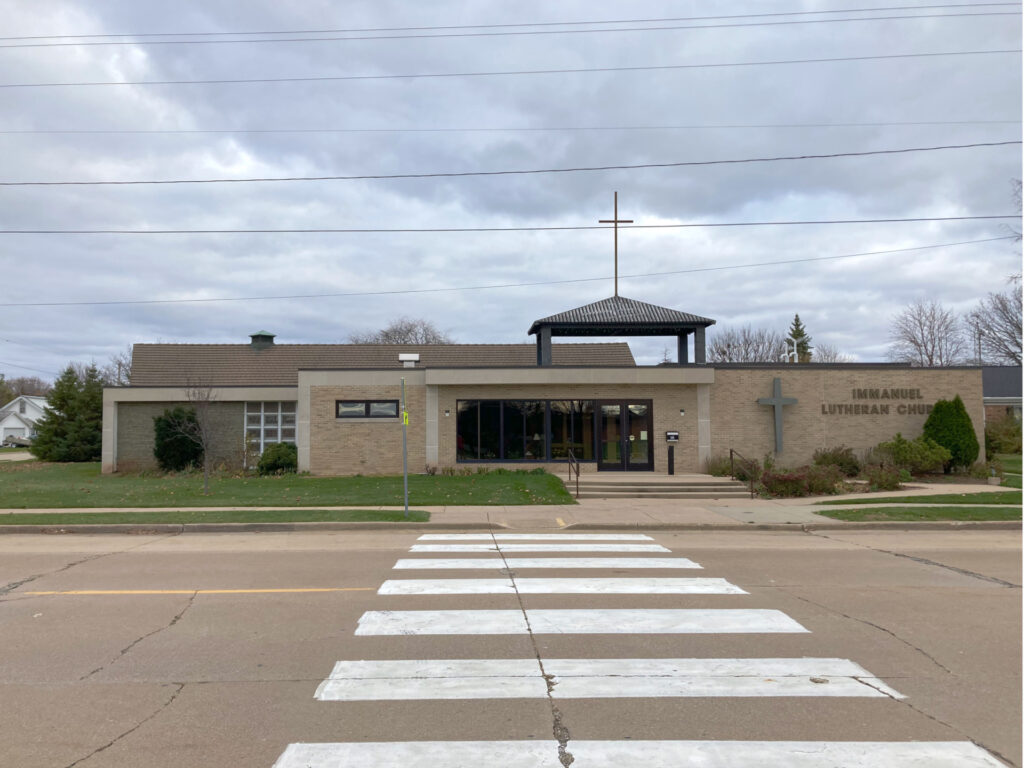
The masjid of Ahmadiyya Muslim Community has the most attractive site of any of the buildings I photographed today, with the lovely trees surrounding it. I’m fond of the white fence on the left hand side, which appears to enclose a playground; it balances the minaret on the other side.
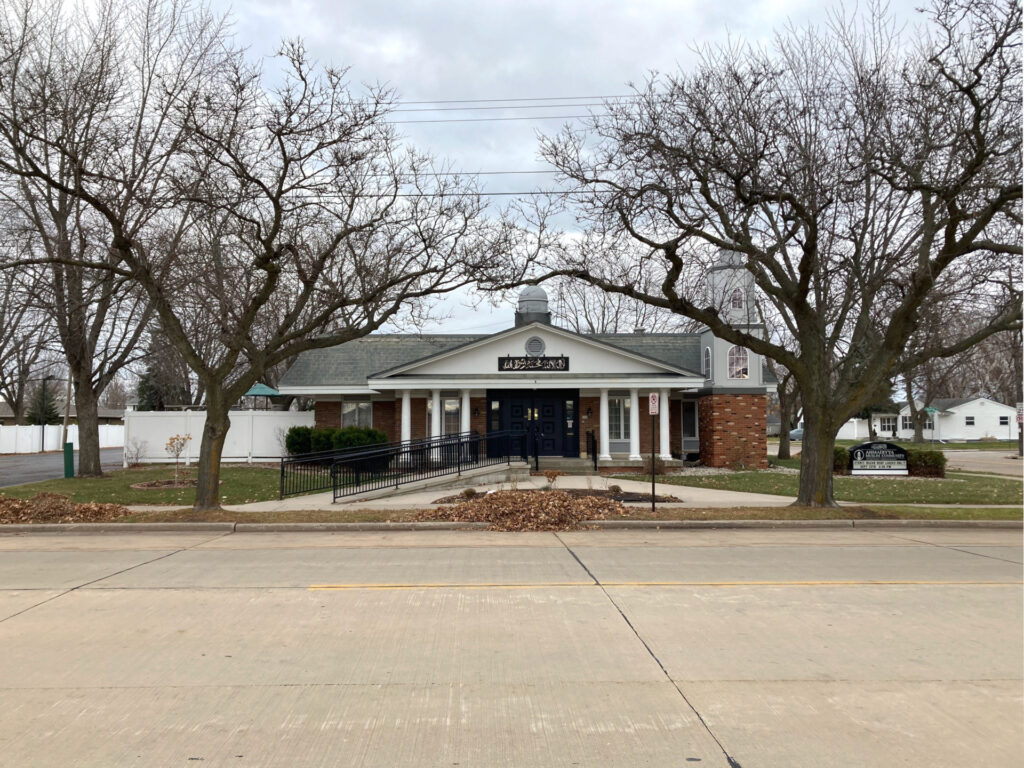
Visually, the most striking aspect of Zion Lutheran Church is the large white cross. It is about as tall as the utility poles along the street. The bright digital sign provides a welcome spot of color on a gray Wisconsin day.
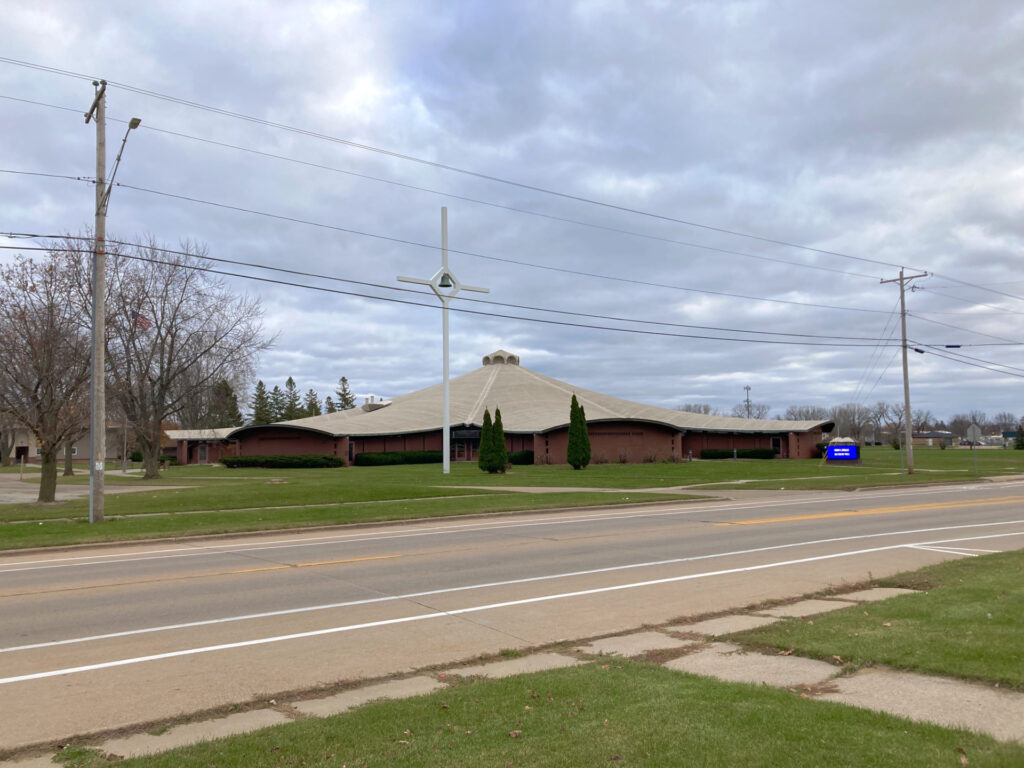
The Algome Boulevard Methodist Church, built in 1870, is on the National Register of Historic Places. It is an imposing but friendly building. The siting is lovely: the building sits between two streets that meet at about a 60 degree angle, adding drama to an already dramatic building.
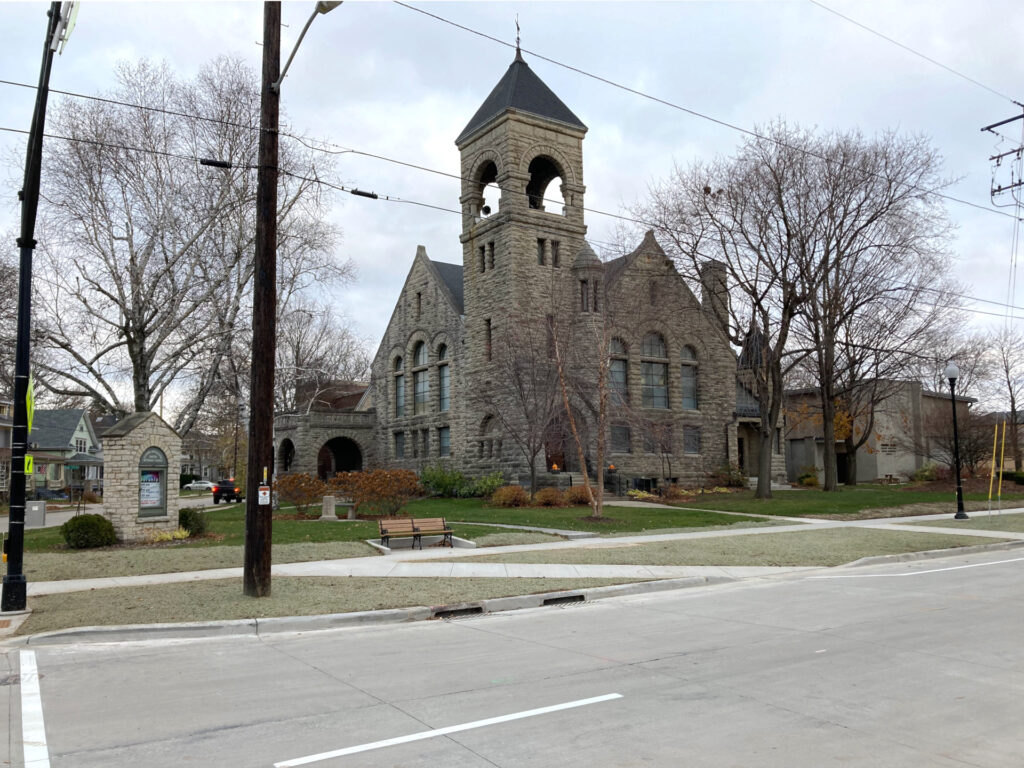
I interpret the word “religious” in a broad sense; from my perspective, yoga studios look and act a lot like religious communities. Embody Yoga & Pilates occupies a storefront in the old downtown section of Oshkosh. The bright and cheerful sign on the window livens up the streetscape.
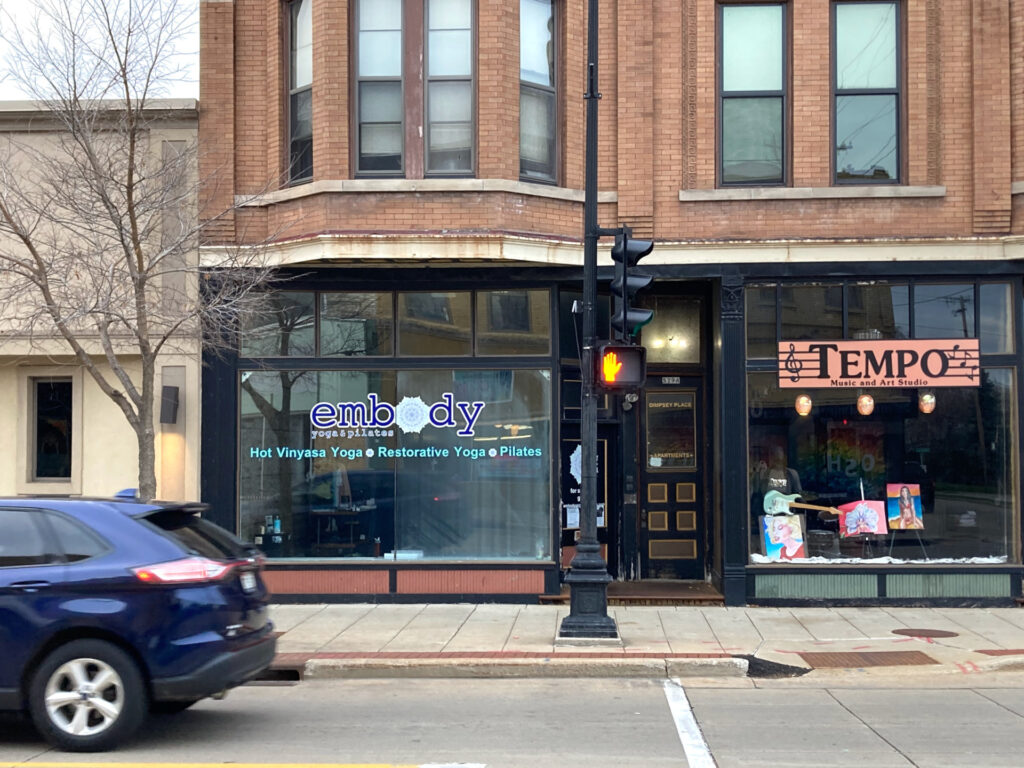
The imposing mass of the High Ave. location of Most Blessed Sacrament Parish sits on a sloping lot. I like the way the red sign anchors the lot at the lower end (there’s a matching red sign on the upper side of the lot, not visible in the photograph). The somewhat austere building is softened by the trees and bushes planted around it.
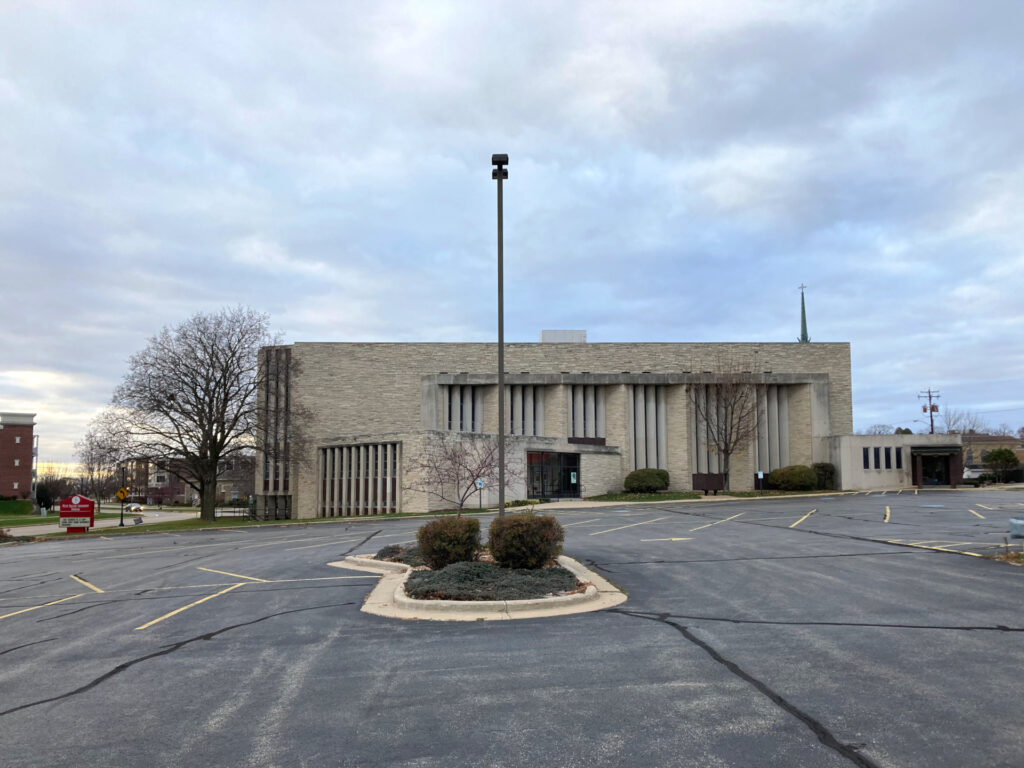
Each of these buildings uses a muted color palette consisting mostly of earth colors, with occasional bright accents. Most of these building echo the flatness of the Wisconsin landscape. The two Lutheran churches send up nothing more than delicate crosses into the sky; the masjid has a modest minaret lower than the surrounding trees; the yoga studio maintains its modest presence in the first floor only; the Catholic church, though surprisingly large, still fits into the flat landscape. Only the Algoma Boulevard Methodist church rises up in a large mass, though its gray color keeps it from standing out too much.

